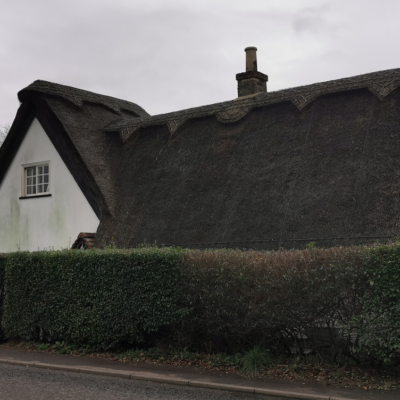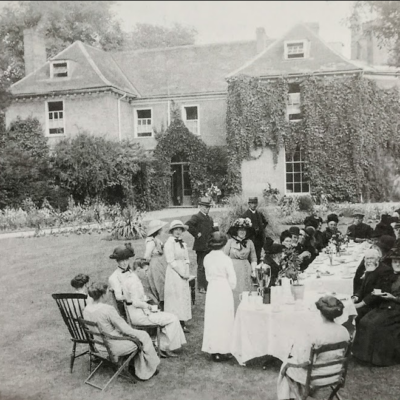Search by topic
- archaeology
- architecture
- bricklayer
- Building of Local Interest
- carpenter
- church
- crime
- dressmaker
- fire
- Great Eastern Railway
- listed building
- medieval
- oral history
- Public House
- Rattee & Kett
- Religious House
- Roman
- scholar
- school
- Then and Now
- tudor
- women
- work
- world war one
- world war two
Search by text
Henge nr Herring’s House, Great Wilbraham
History of the Henge at Great Wilbraham
Listed building on Heritage at Risk Register
Henges are ritual or ceremonial centres which date to the Late Neolithic period (2800-2000 BC). They were constructed as roughly circular or oval- shaped enclosures comprising a flat area over 20m in diameter enclosed by a ditch and external bank. One, two or four entrances provided access to the interior of the monument, which may have contained a variety of features including timber or stone circles, post or stone alignments, pits, burials or central mounds. Finds from the ditches and interiors of henges provide important evidence for the chronological development of the sites, the types of activity that occurred within them and the nature of the environment in which they were constructed. Henges occur throughout England with the exception of south-eastern counties and the Welsh Marches. They are generally situated on low ground, often close to springs and water-courses. Henges are rare nationally with about 80 known examples. As one of the few types of identified Neolithic structures and in view of their comparative rarity, all henges are considered to be of national importance.
Despite being reduced by ploughing, the monument 220m ESE of Herring’s House survives in good condition for this class of monument.
Contribute
Do you have any information about the people or places in this article? If so, then please let us know using the Contact page or by emailing capturingcambridge@
License
 This work is licensed under a Creative Commons Attribution-NonCommercial-ShareAlike 4.0 International License.
This work is licensed under a Creative Commons Attribution-NonCommercial-ShareAlike 4.0 International License.











